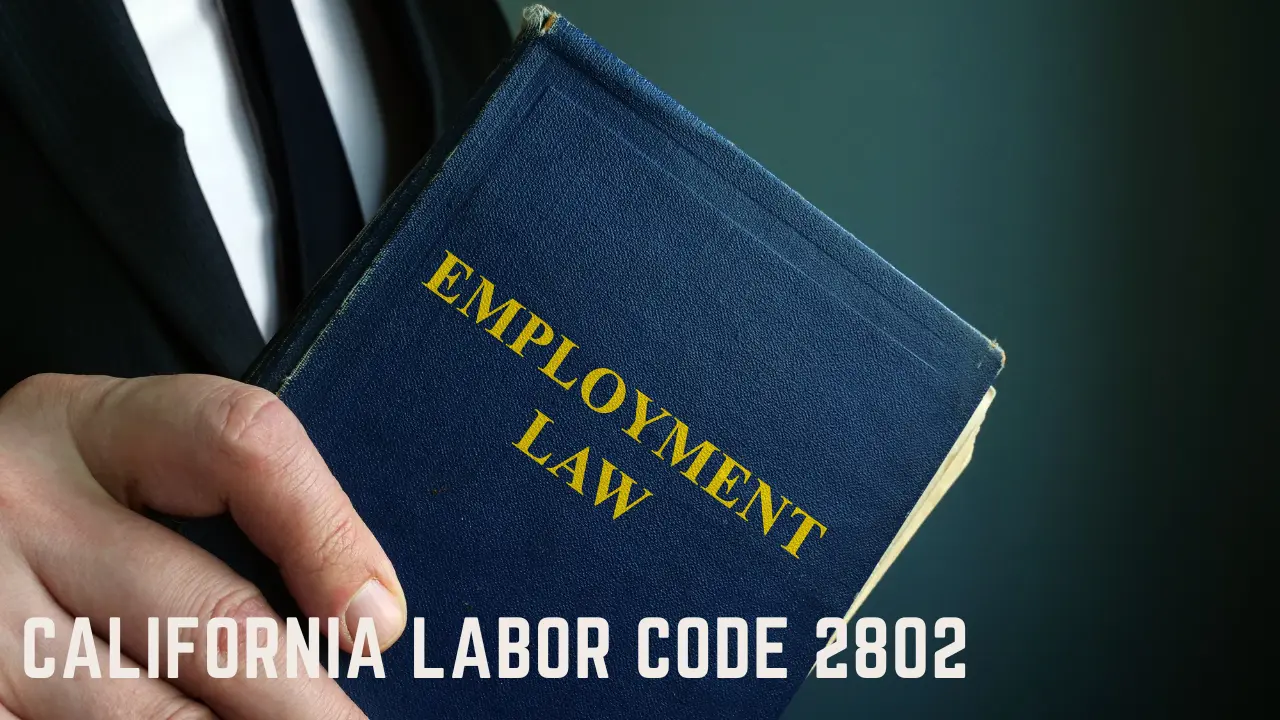In the realm of labor relations and workforce management, the concept of ‘Make-Up Time’ is gaining increasing relevance, warranting a detailed examination of its function and implementation.
This unique arrangement allows employees to alter their regular work schedule to accommodate personal obligations, without tapping into their precious paid time off. However, the complexities of ‘Make-Up Time’, its impact on overtime calculations, and the differentiation between exempt and non-exempt employees under this arrangement can often create confusion and lead to potential missteps.
As we navigate through the intricacies of ‘Make-Up Time‘, we will unravel its many layers, fostering a deeper understanding of this policy and its implications for both employers and employees.
Understanding Makeup Time Concept
The concept of makeup time, primarily employed in the workplace, refers to the additional hours worked to offset a prior absence. It offers employees a flexible method to maintain their regular work hours and pay without utilizing paid time off. It’s a mechanism that allows employees to handle unforeseen personal matters without incurring loss of income or work hours.
This flexibility can enhance job satisfaction and productivity, while ensuring that work tasks are completed in a timely manner. However, the use of makeup time is regulated by state labor laws and typically requires a written request from the employee.
It’s essential for both employees and employers to understand the specifics of makeup time policies to ensure its proper application and avoid potential overtime liabilities.
Procedure for Requesting Makeup Time
Building on our understanding of the makeup time concept, it’s crucial to shed light on the procedural aspects of requesting makeup time.
These encompass specific steps employees need to follow to ensure compliance with state labor laws. Typically, an employee should provide a written, signed request to their employer, indicating their desire to make up for missed time.
This process must be initiated by the employee; employers are not allowed to suggest or coerce employees into requesting makeup time. Each request must be specific to a particular instance of missed time.
Importantly, if the makeup time causes the employee to work more than the legally allowed limit in a day or a week, they may be entitled to overtime pay.
Calculating Overtime With Makeup Time
Navigating the complexity of overtime calculation with makeup time requires a comprehensive understanding of the rules set forth by labor laws. Generally, makeup time doesn’t count towards overtime if appropriate rules are adhered to. Non-exempt employees, who are entitled to overtime pay under certain conditions, can use makeup time. However, if makeup time exceeds set limits, it entitles an employee to overtime pay.
Employers must be diligent to avoid liability for overtime if makeup time conditions aren’t met. Comparatively, exempt employees, who aren’t entitled to overtime, minimum wage, or breaks, cannot use makeup time. Understanding these nuances is vital to accurately calculate overtime and ensure compliance with labor laws while maximizing the benefits of makeup time.
Makeup Time for Exempt Vs Non-Exempt Employees
Delineating the differences between exempt and non-exempt employees in the context of makeup time offers a comprehensive understanding of the employment type’s influence on this work arrangement. Essentially, makeup time is a flexible arrangement designed to cater to non-exempt employees. These employees, often hourly, can request additional work hours to make up for lost time, without triggering overtime pay.
Conversely, exempt employees, typically salaried and not entitled to overtime pay, do not have the provision for makeup time. Despite working beyond their regular hours, exempt employees’ pay remains constant. Hence, it’s critical for employers to accurately classify their employees to ensure they’re compliant with labor laws and offer appropriate work-hour flexibility.
Comparing Makeup Time and Comp Time
While understanding the distinctions between exempt and non-exempt employees as it relates to makeup time is crucial, it is equally important to explore the differences between makeup time and compensatory (comp) time, two concepts that often intertwine yet bear distinct characteristics.
Makeup time refers to the additional hours an employee works during the same workweek to offset time lost due to personal matters. On the other hand, comp time is additional paid time off that is earned for working extra hours. The fundamental difference lies in the compensation: makeup time is paid at the regular rate, while comp time is calculated at the overtime rate.
However, in contrast to makeup time, comp time’s use and accrual is regulated by specific rules and policies, often requiring a formal written agreement.
Common Misconceptions About Makeup Time
Several misconceptions surround the concept of makeup time, often leading to confusion and potential misuse in the workplace. One common misconception is that employers can initiate makeup time. In reality, it must be an employee-requested provision.
Another misunderstanding is the belief that makeup time can lead to overtime. However, if appropriately managed, makeup time should not contribute to overtime calculations.
Thirdly, many believe that all workers are eligible for makeup time. Contrarily, only non-exempt employees can utilize this option.
Lastly, there is a misconception that makeup time and comp time are interchangeable terms. They are, in fact, distinct concepts governed by different laws and regulations.
It’s vital to clarify these misconceptions to ensure fair and compliant employment practices.
Benefits and Drawbacks of Makeup Time
Navigating the terrain of makeup time, it’s crucial to weigh its potential benefits against its potential drawbacks in the workplace.
On the positive side, makeup time offers employees flexibility to manage personal affairs without impacting their pay or work hours. It ensures workflow consistency and helps cover unexpected absences efficiently.
However, there are potential downsides. The extra hours required for makeup time might lead to heightened stress or fatigue, affecting productivity and overall job satisfaction. Additionally, it can lead to confusion about overtime calculations, potentially resulting in payroll discrepancies.
It’s of paramount importance that both employers and employees understand the intricacies of makeup time to utilize it effectively and fairly.
Conclusion
In conclusion, ‘Make-Up Time’ is a vital concept in the realm of labor laws, providing employees the flexibility to manage personal emergencies without depleting their paid time off. It’s critical to understand its rules, especially when calculating overtime, to avoid potential legal liability.
Furthermore, distinguishing it from comp time helps in ensuring fair practices. While it offers numerous advantages, it also poses certain challenges, making it essential for both employers and employees to comprehend its nuances thoroughly.







